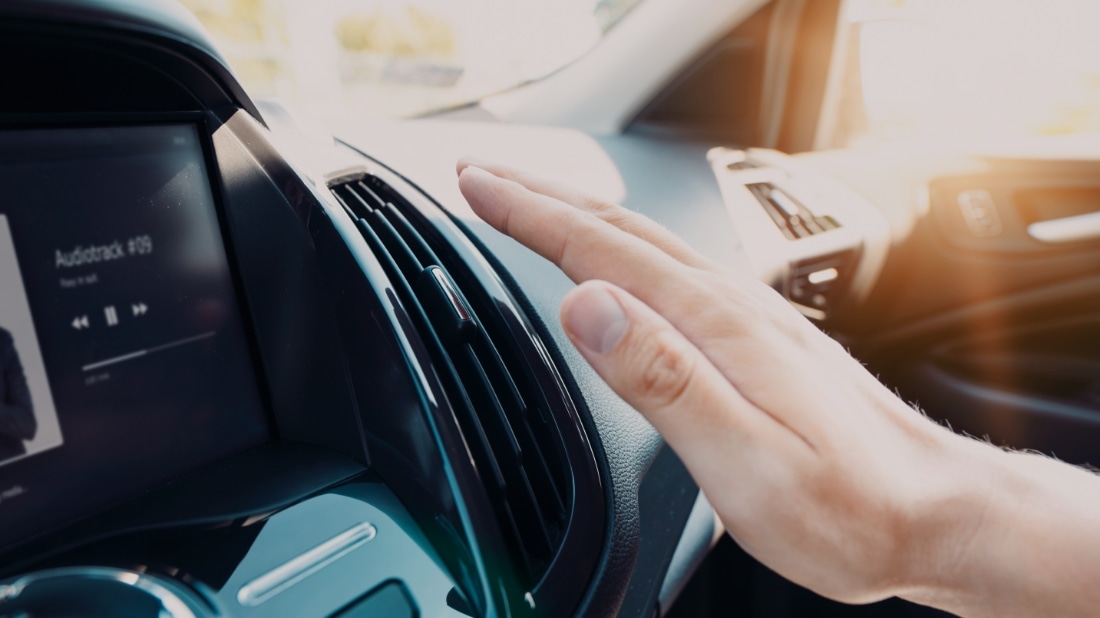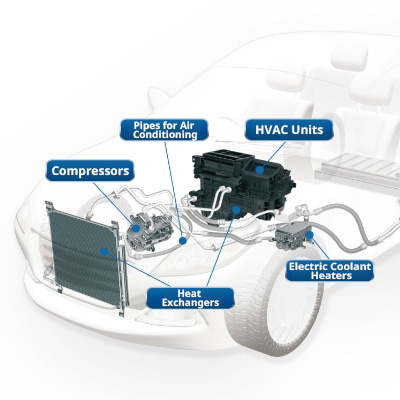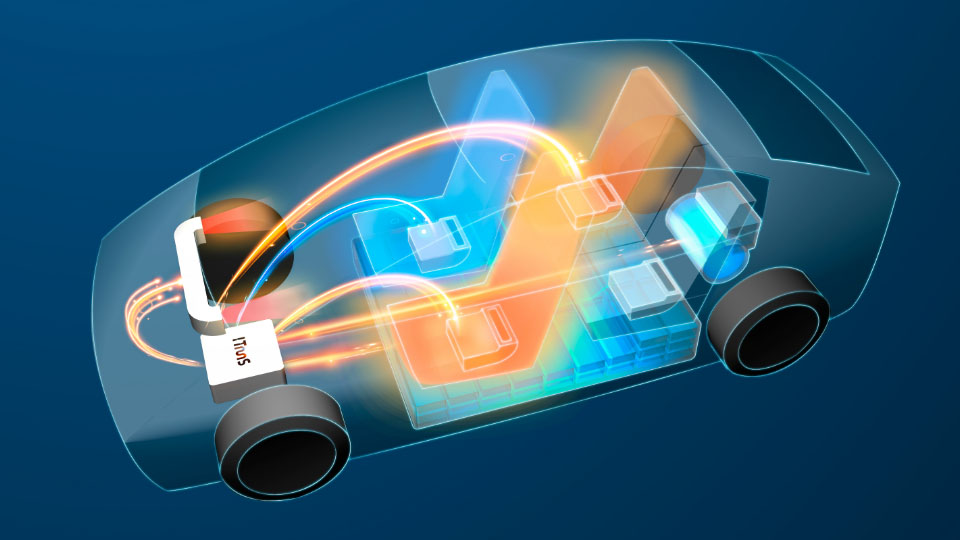SDGs
Contribution to the SDGs

SMP Launched Its First “Wellbeing Month” - Featuring Programs Including Health Promotion Events and Charity Activities -
Sanden Forest Renews SEGES “Green Legacy” Certification – Continued Recognition for Efforts in Environmental Conservation and Ecosystem Preservation –
SIE Secures Top-Class Finish in 17-Hour Electric Vehicle Endurance Race
SMP Launched Its First “Wellbeing Month” – Featuring Programs Including Health Promotion Events and Charity Activities – (PDF:874KB)
Sanden Forest Renews SEGES “Green Legacy” Certification – Continued Recognition for Efforts in Environmental Conservation and Ecosystem Preservation – (PDF:1MB)
SIE Secures Top-Class Finish in 17-Hour Electric Vehicle Endurance Race (PDF:785KB)
SMP, Celebrated Its First Process Engineering Month (PDF:1MB)
SIE Hosts Technology Engagement Event in Collaboration with a European Commercial Vehicle Manufacturer (PDF:516KB)
SMP Launched Its First “Wellbeing Month” – Featuring Programs Including Health Promotion Events and Charity Activities – (PDF:874KB)
Sanden Forest Renews SEGES “Green Legacy” Certification – Continued Recognition for Efforts in Environmental Conservation and Ecosystem Preservation – (PDF:1MB)
SIE Secures Top-Class Finish in 17-Hour Electric Vehicle Endurance Race (PDF:785KB)
SMP, Celebrated Its First Process Engineering Month (PDF:1MB)
SIE Hosts Technology Engagement Event in Collaboration with a European Commercial Vehicle Manufacturer (PDF:516KB)


Working to realize advanced comfortable environments, we use our key technologies of “cooling and heating” to deliver products, systems, and services that satisfy our customers around the world, while maintaining the same high level of quality.



We are pursuing the next generation of people- and planet-friendly air conditioning systems. Having responded quickly to the needs associated with the shift to electric vehicles, our products have been adopted by automotive, construction, and agricultural machinery manufacturers around the world.